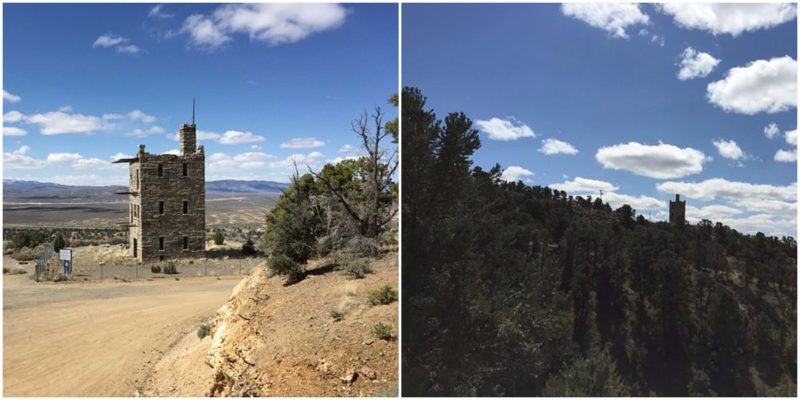Stokes Castle is not an ordinary castle. In fact, it is not a real castle at all. Castles, especially those from medieval times, typically have towers, dungeons, curtain walls, gatehouses, chambers, halls and other elements and details that are characteristic of such structures. Stokes Castle has none of those features. It is only a house, albeit quite an interesting one that looks superficially like a castle or castle tower.
Stokes Castle is placed on a hill overlooking the desert at the outskirts of the small town of Austin, Nevada. To build such building, literally in the middle of nowhere, required a lot of money, a strong will, an eccentric mind, and great vision. And the owner of Stoke Castle probably had all of this. At least the archives from the 19th century, without doubt, show that he had a sizeable fortune.
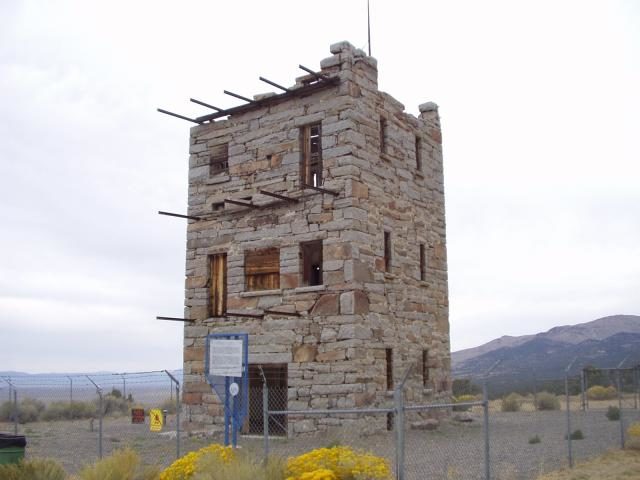
Anton Phelps Stokes was a wealthy man who certainly knew how to reach the top. He wasn’t afraid to invest his dollars in different businesses. He was a successful banker, a railroad industrialist and an important investor in the mining sector. Like many others from the era who took advantage of the gold and silver rush in the American West, he decided to open and develop a silver mine and to complete several infrastructure projects in the region of Nevada at the end of 19th century.
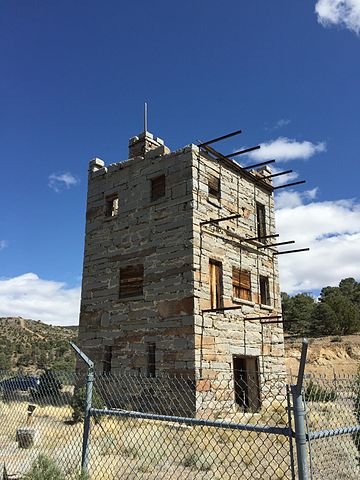
Especially because that at the time there was a boom of silver mines. He bought a large amount of land there and started, with great initial success, to increase his businesses and wealth. His new enterprises in Nevada had to have representative headquarters and so he decided to build a house with the appearance of a castle tower.
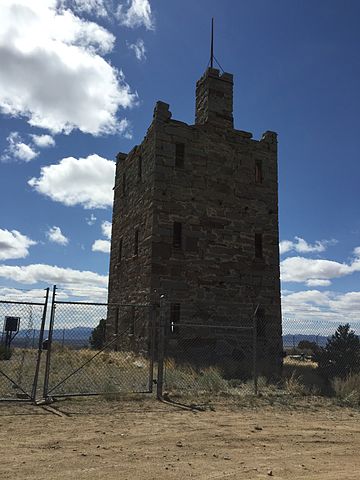
The house was meant to be used as a summer residence and retreat for his family and to provide spectacular views over the breathtaking Reese River Valley. Stokes traveled a lot and had witnessed many different cultures, architectures, and landscapes around the world. The story goes that he was inspired by an Italian medieval tower that he saw in central Italy during one of his trips and decided to design his new house to be similar to the original medieval structure. Stokes Castle is actually built in the style of old Italian villas. It is a three-story structure mostly constructed from local granite stone blocks. The construction of the house started in 1896 and it was finished in 1897.
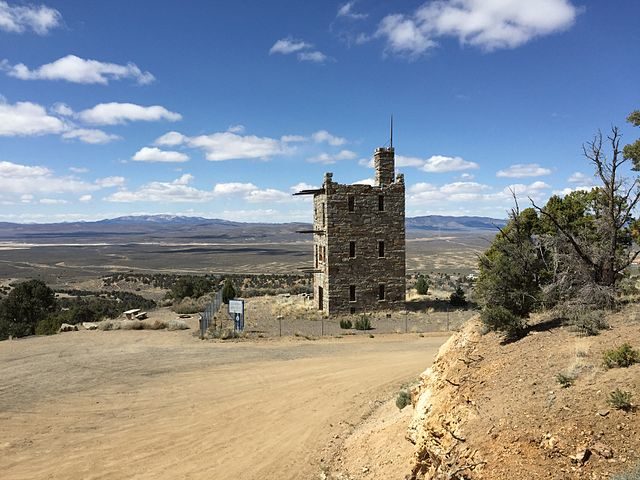
The interior was decorated luxuriously and with contemporary details from the era. It was filled with expensive furniture and artwork. The dining room and the kitchen were on the first floor, while the bedrooms were on the second and third floor. Each floor had its own fireplace and plate-glass windows. The second and the third floor also featured wooden balconies. The top of the building was an open-air terrace and specially designed to provide panoramic views of the surrounding area. The main construction work, especially the granite stonework, was done by the miners employed in Stokes’ mine.
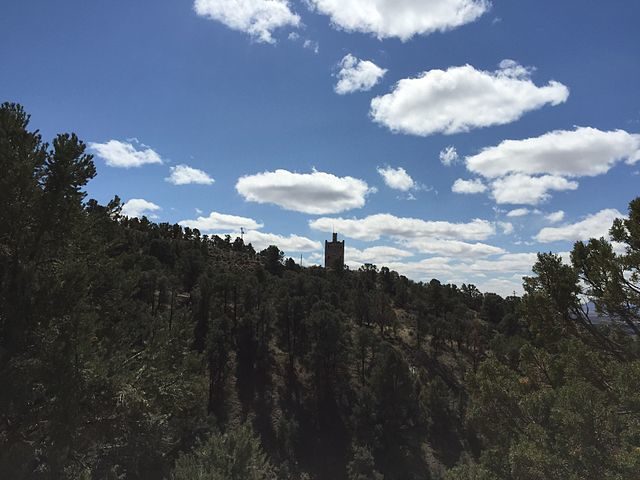
But Stokes and his family did not spend much time in the tower after all. It was used only for short period of time. They visited their new castle for a couple of months in 1897 and in 1898. To avoid bankruptcy, Stokes later had to sell his mine, his mining equipment, his property, and his castle in Austin. The family never returned and the building was left abandoned. Since then, it has stood unoccupied. The silver boom gradually receded and the bustling town of Austin practically became a ghost town.
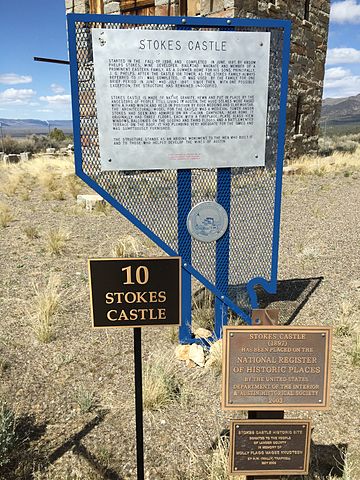
Stokes Castle was abandoned and deteriorating until 1956 when it was purchased by a distant cousin of Stokes family. She began maintaining it and renovating it to repair the damage that had occurred over its years of abandonment. Recently, the interior floors have been removed because of safety concerns. The owners had plans to donate the property and the castle to the State of Nevada and in near future, the site would be developed into a historic park. Unofficially, Stokes Castle is a monument to the mining era that thrived in the community of Austin, of the people who worked in the mines, and of those who developed the mines. It is officially protected as an important historic building in the National Register.
